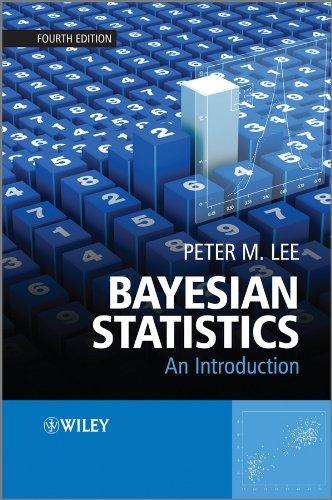Suppose that the density function p(xl) is defined as follows for x = 1, 2, 3, ...
Question:
Suppose that the density function p(xlθ) is defined as follows for x = 1, 2, 3, ... and θ = 1, 2, 3, .... If θ is even, then

Show that, for any x the data intuitively give equal support to the three possible values of θ compatible with that observation, and hence that on likelihood grounds any of the three would be a suitable estimate. Consider, therefore, the three possible estimators d1, d2 and d3 corresponding to the smallest, middle and largest possible θ. Show that
 Does this apparent discrepancy cause any problems for a Bayesian analysis ( due to G. Monette and D. A. S. Fraser)?
Does this apparent discrepancy cause any problems for a Bayesian analysis ( due to G. Monette and D. A. S. Fraser)?
Fantastic news! We've Found the answer you've been seeking!
Step by Step Answer:
Related Book For 

Question Posted:





